 |
|||||||||

|

Breaking News: Christmas 20AD and 2022AD!! 
It was a public holiday celebrated around December 25th in the family home. A time for feasting, goodwill, generosity to the poor, the exchange of gifts and the decoration of trees. But it wasn’t Christmas. This was Saturnalia, the pagan Roman winter solstice festival. The KAFS year in 2022 was curtailed by the pandemic but we look forward to greeting you in 2023 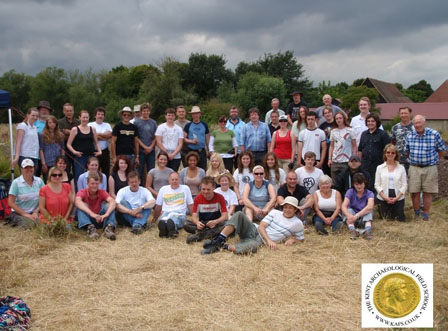
KAFS ‘dig’ at Abbey Barns at Faversham- can you name the year? First answer on a postcard wins a free course!
 For 2023 we will be continuing to explore the Roman villa and watermill at Wye (images and geophysical survey below) 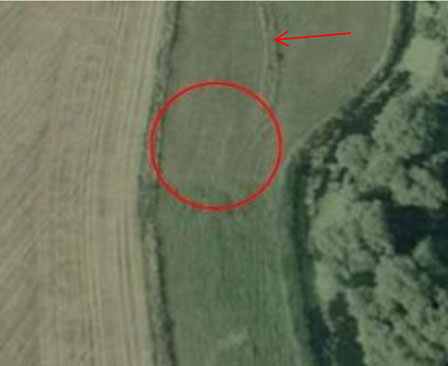  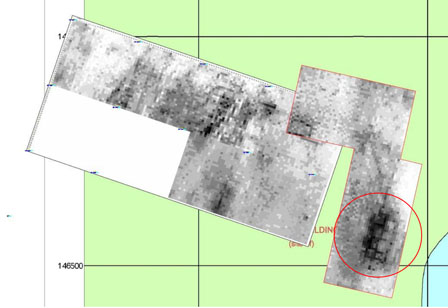
Breaking Ground/1 Must watch this Christmas! Detectorists is on BBC Two at 9pm on 26 December It’s the return of Detectorists, however, for a feature-length Christmas special, that will most excite the Jones superfans. The Danebury Metal Detecting Club was first introduced on BBC Four in 2014, and over three sun-dappled series, the amateur archaeologist duo of Lance (Jones) and Andy (show creator Mackenzie Crook) gently excavated themes such as community, mortality and ambition.  Christmas Gifts/Not too Late! 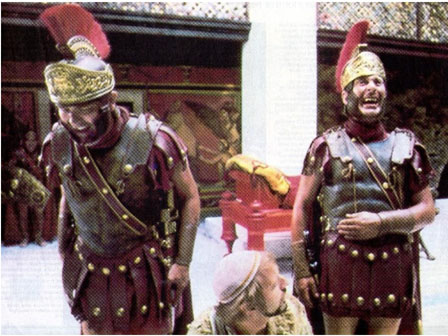  Stuck for a Christmas Gift – then try www.danegeld.co.uk who make accurate historic jewellery and include Celtic to Early Roman to Victorian to Art Deco at affordable prices...Everything from Roman pottery Terra Sigillata to the Ancient Roman folding stool of Hadrian and all can be found at https://theancienthome.com/collections/romanpottery-terra-sigillata And now for something different for this winter: Beowulf in Kent by Paul Wilkinson
Gary Budden writes:
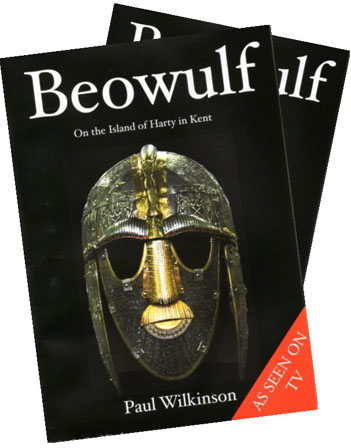
Sheppey, and the other small islands that appear as odd unmarked blanks of green on Google Maps, hold
dark histories. Deadman’s Island and Burnt Wick Island, so close to home and practically unknown, are
borderline inaccessible. They hold the mass graves of Napoleonic French prisoners who died on the prison
hulks (you’ll know them from Great Expectations) and their bones now rise from the silt. Walk the Hollow
Shore between Faversham and Whitstable, look out over to the island across the Swale, no one else
around and the wind stinging the eyes. It’s easy to feel Anglo-Saxon in such a place.
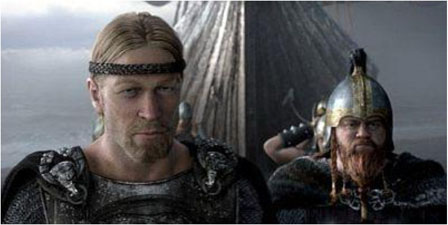
The theory even goes as to suggest that Beowulf was buried
under Nagden mound (a possible artificial hill that was destroyed
in 1953 by men contracted to rebuild the sea wall between
Faversham and Seasalter, after the great North Sea flood.),
though by this point the theory has fallen more into wishful
thinking and a lot of ‘maybes’ rather than anything that could
approximate a credible argument. In my fictional landscape,
Grendel and his mother fit in well with the bodies of those dead
Frenchman, the prisons across the water on Sheppey, the bleak
marshes, the boxing hares and the black curlews of my own
fictions.
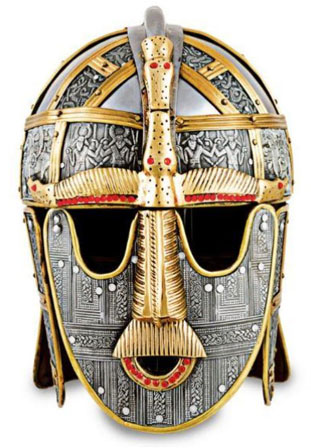
I know these tidal flats and malignant bogs were dry land once, attached to the Doggerland landmass that
connected what was to become Britain to the coasts of Germany and Denmark. My mind already is flowing
with ideas, stories of the last remaining malignant supernatural beings that inhabited Doggerland making a
last stand in the Kentish marshes. Wiped out by Ray Winstone. Grendel having his arm pulled from its
socket on the demon marsh in the Thames estuary. A dragon banner flying above Faversham.
A DAY OF PAGAN RITUALS by Paul Wilkinson
The Winter Solstice is the moment when the sun reaches its most southern point, after which days get
longer again. It creates an alignment at Neolithic sites around the world, including Stonehenge, Newgrange
in Ireland, and Iwade henge in Kent. 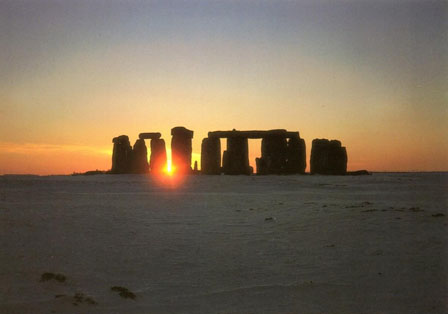
Many people – not least diary manufacturers – believe that the Winter Solstice always falls on 21
December. But the celebration of the winter solstice is not
fixed to a specific calendar date – this is because of a
mismatch between the calendar year and solar year.
The solstice is traditionally celebrated at the sunrise
closest to the time when the sun is stationary before
beginning its transit to the north or south. This year thisoccurs at 23.03 GMT on Sunday 21 December, hence the winter solstice celebrations take place at sunrise
on 22 December.
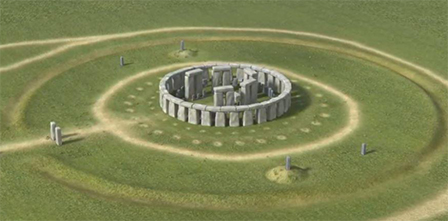
North of the Equator all
heavenly bodies appear
to move from left to
right (clockwise). Given
clear conditions, the
apex of the rising sun
suddenly appears on
the horizon, almost like
a car headlight coming
into view over a hill-top.
Slowly the full orb
comes into view, which
takes about four
minutes. Meanwhile the sun will have moved nearly one degree to the right. When exact alignments are
required, they are usually taken either on the point of first flash (or gleam) or at the point where the full
orb appears tangent to the horizon.
A Book for Christmas - Archaeological Guide to Pompeii.
Author Paul Wilkinson and published by Taurus Books 1st Edition and Bloomsbury 2nd 3rd & 4th Editions.
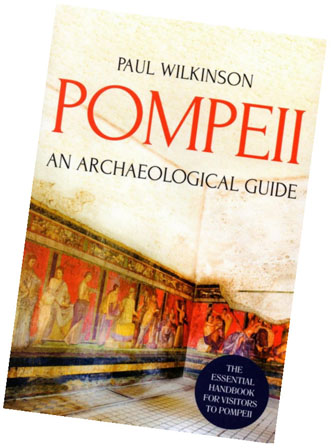
Pompeian pilgrims will be in good hands with Paul Wilkinson, an old Pompeian hand, archæologist, journalist, tour-leader and BBC documentary maker.

We will be back in Oplontis 22nd May to 16th June 2023 for another season of excavation. Courses at the Kent Archaeological Field School for 2023 will include: 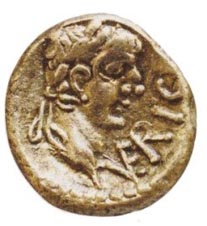
Field Walking and Map Analysis (Spring Bank Holiday Sat May 27th to Monday May 29th)
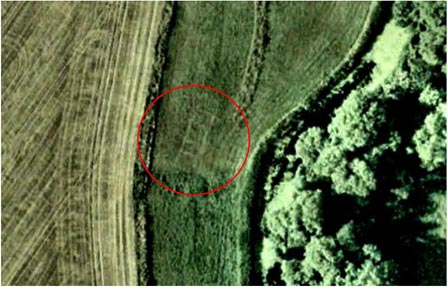
On this ten day investigation we shall look at the ways in which archaeological sites are discovered and
excavated and how different types of finds are studied to reveal the lives of former peoples. Subjects
discussed will include aerial photography, regressive map analysis, HER data, and artefact identification.
Within this investigation there is a five day course TBA which will be especially useful for those new to
archaeology, as well as those considering studying the subject further. After tea break we will participate in
an archaeological investigation on a Roman building under expert tuition. Expert diggers are not required
to participate in the tool box talks.
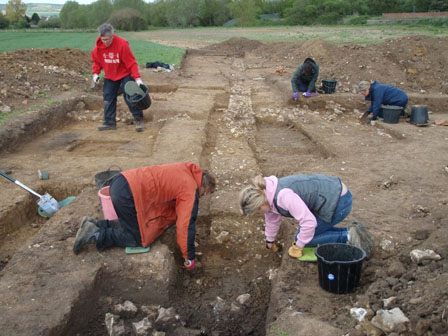
Training Week for Students on a Roman Water Mill at Wye in Kent It is essential that anyone thinking of digging on an archaeological site is trained in the procedures used in professional archaeology. Dr Paul Wilkinson, author of the bestselling "Archaeology" book and Director of the dig, will spend five days explaining to participants the methods used in modern archaeology. A typical training day will be classroom theory in the morning (at the Field School) followed by excavation at the Roman Water Mill at Wye.
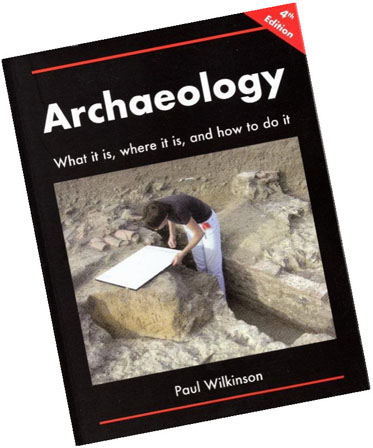
Topics taught each day are:
 KAFS BOOKING FORM
You can download the KAFS booking form for all of our forthcoming courses directly from our website, or
by clicking here KAFS MEMBERSHIP FORM
You can download the KAFS membership form directly from our website, or
by clicking here
Merry Christmas from all at KAFS!
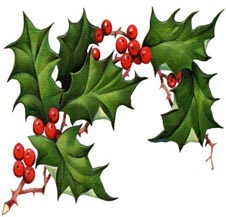 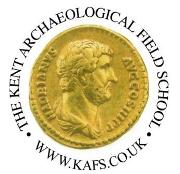
For all booking enquiries email
[email protected]
|
||||||||

